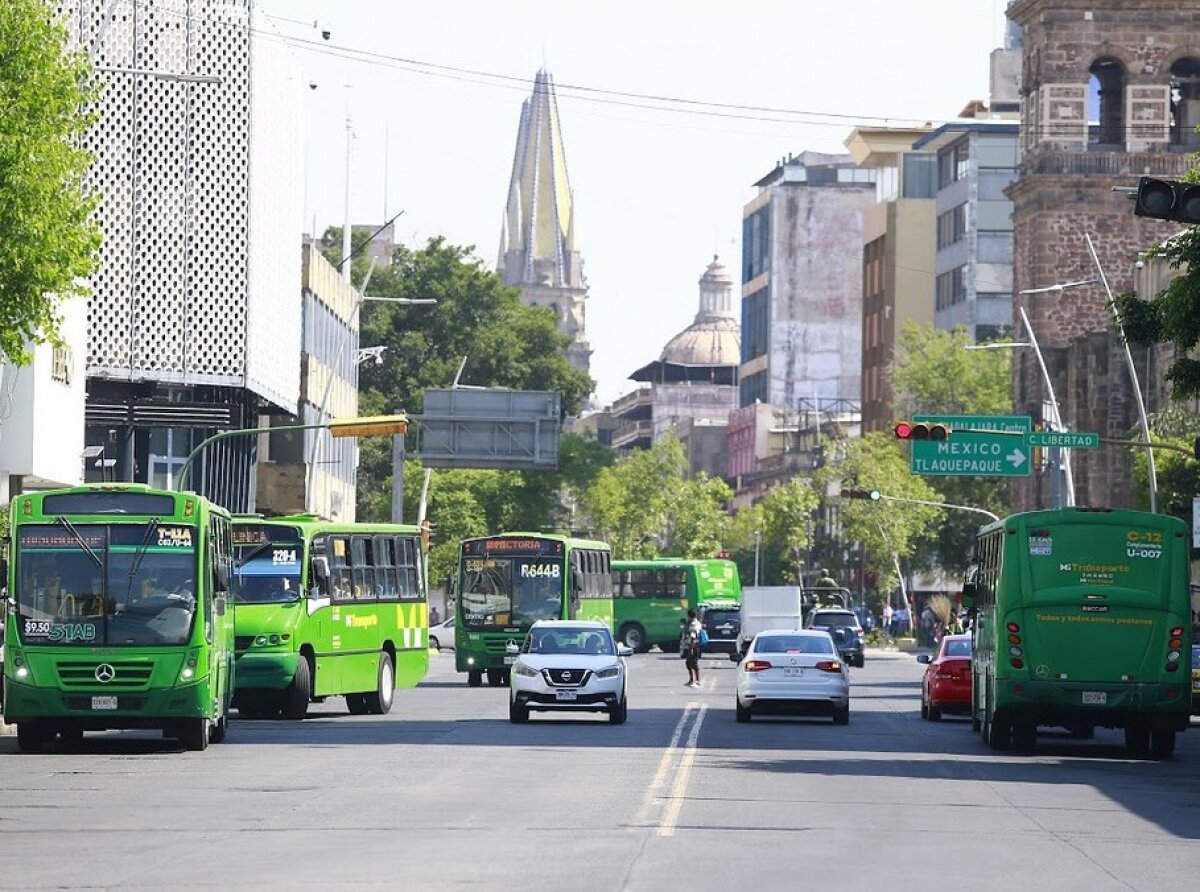The My Mobility card will soon be expanding its coverage to include Bahía de Banderas in Nayarit.
During the First National Forum of Mobility Authorities, the Mexican Association of Mobility Authorities (AMAM,) the National Association of Bus, Truck and Tractor Producers, and the Secretary of Transportation of the State of Jalisco, Diego Monraz Villaseñor, presented the progress of the transformation of the transport system in the state of Jalisco.
This includes the renewal of the fleet, the implementation of the collection system in all units, and the enabling of more than 900 recharge points for the My Mobility card, with which you can access all modes of transport, from the busses to the public bike system, in the Guadalajara Metropolitan Area, Puerto Vallarta, Ciudad Guzmán, and Tepatitlán.
Among the novelties within this model, the head of the Ministry of Transportation highlighted that the area of Bahía de Banderas, Nayarit, will soon be integrated.
“Next month we will begin to work on the implementation of this system with the State of Nayarit. It would be the first interstate payment system in the corridors that come from Bahía de Banderas to the municipality of Puerto Vallarta in this metropolitan area that already has a national recognition of the metropolitan area,” he declared.
He added that the first 100% electric route in the country began operations last August, which in addition to arriving for the first time at the Guadalajara Airport, became a national laboratory on the subject of electromobility, a success story that will soon be presented at the summit on climate change to be held in Scotland.
At the event it was reported that the financial crisis derived from COVID-19 has generated estimated losses for the public transport sector that will reach 40 billion pesos between 2020 and 2021. Fernando Páez, director of urban mobility for Mexico, called for actions aimed at overcoming this crisis, emphasizing coverage and quality of service. This problem puts at risk the jobs of 160,000 people who work in the sector.
“It is urgent to immediately address the crisis. Transportation systems make cities more inclusive, they have a benefit to close the inequality gap. Services with coverage and quality are required, and guaranteeing (the use of) technologies with the least impact on the environment,” said the expert.
Alejandro López, president of AMAM, explained that more than half of the population moves daily by public transport, while only 15% of trips are made in a private car. However, 75% of the investment in mobility in recent years has been in infrastructure for the car.
“If we continue at this pace, with better infrastructure for the car and neglecting other mobility options, more and more Mexicans will opt for a private vehicle, moving the country away from a more sustainable future,” he declared.
He called for progress in the fulfillment of the right to mobility, which implies rethinking and structuring financing mechanisms that allow accelerating the transformation of public transport as an articulator of the mobility system.
López explained that, despite multiple local advances in the matter in the last 15 years, efforts have not been sufficient, and citizens face conditions of low quality, insecurity, inequity, and a constant deterioration in the service.
“This is a symptom of the neglect that public transport and mobility services have had on the national agenda, institutional weakness, as well as its lack of coordination and integration at the three levels of government; to which is added financial unsustainability, which results in a low capitalization capacity for investment and maintenance of services, affecting the quality and coverage of the systems,” he explained.
Faced with this situation, WRI Mexico proposed a Public Transportation Rescue Program to get out of the crisis and improve coverage, quality and emissions conditions. It includes tax incentives, management for the allocation of subsidies, and a promotion of the granting of affordable credits to cities.
Adriana Lobo, director of WRI Mexico, recalled that public transport is an articulating element of mobility in cities, and explained that the economic crisis due to losses in demand derived from the pandemic, has deepened coverage problems, quality, emissions, and equity.
“The economic crisis has withdrawn service offerings in multiple cities, has reversed processes of technological transformation, as well as systems integration. Establishing a national program for the economic recovery of public transport is urgent to reverse the trend. A determined federal and state investment is required for the rescue, conditioned on processes of operational, technological and service quality improvement. Investing in public transport is guaranteeing the right to mobility,” she said.
The specialists who participated highlighted that Mexican families with the lowest income in the country are the most affected by the lack of support for public transport, since they allocate 20% of their income on their transportation, six times more than they allocate to take care of their health, and double what they spend on housing.
They also asked that mobility be included for people with disabilities, since 7.1 million disabled people live in the country, who lack mobility alternatives, and therefore urban accessibility for this population is limited. By raising the right to mobility at the constitutional level, they added, the challenges faced by the most marginalized populations in Mexico are given great importance in order to fully exercise their freedom.
They concluded that the right to mobility forces Mexico to plan and invest in a sustainable future, where public transport and active mobility are increasingly attractive alternatives to the private car and, without a doubt, a lever for economic recovery and promoter of equal opportunities.

